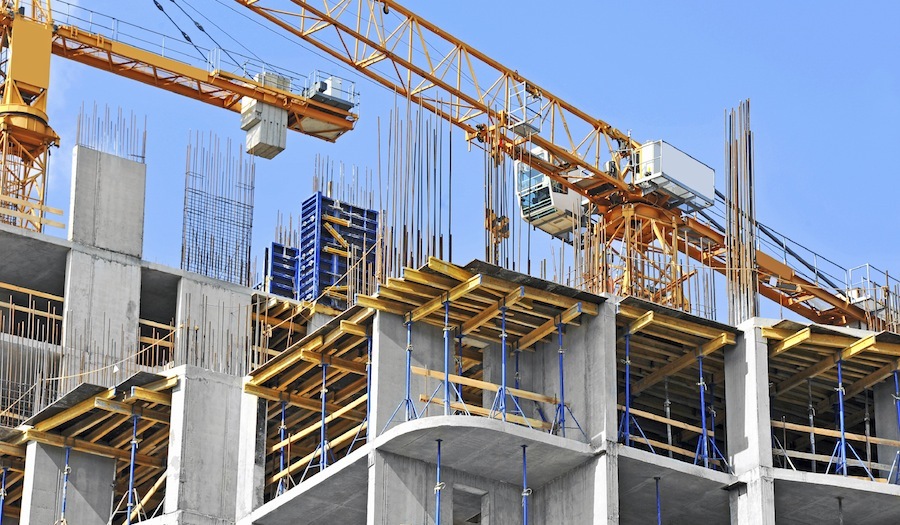Amidst the fluctuating demands in the construction markets, Ibis has recently assessed the Australian construction rental industry’s value to be an impressive $9.7 Billion.

The construction sector has been grappling with challenges that threaten the profitability of firms, particularly due to the impact of fluctuating oil and electricity prices on construction inputs and energy supply. Unfortunately, this has led to the collapse of several high-profile firms, triggering a ripple effect on various related industries.
Despite these hardships, there have been favorable conditions in downstream infrastructure construction, as well as in industrial, mining, farming, and DIY markets, which have contributed to the industry’s resilience. However, core building markets have experienced a decline in rental revenue.
According to Ibis’s latest figures, industry revenue has seen a steady annual decline of 2% over the past five years. This trend is expected to continue, with a contraction of 5.9% projected for the current year, leading to a total industry value of $9.7 billion by 2023-24.
In the face of these challenges, the industry has shown adaptability by shifting its focus to faster-growing markets. Rental firms have found profitability by venturing into non-building markets, such as infrastructure, mining, and agriculture.
Unfortunately, the apartment construction and commercial building markets have suffered weak demand following the impact of the COVID-19 pandemic. Although rental activity declined in the building construction market after the outbreak, some companies experienced a surge in demand for equipment due to the Federal HomeBuilder scheme and low interest rates. However, the withdrawal of the Federal HomeBuilder scheme and an increase in interest rates led to a subsequent slump in housebuilding.
Looking ahead, there is hope for the industry’s recovery. It is anticipated that apartment and non-residential building construction will pick up in the coming years, resulting in improved conditions for these sectors. Additionally, a rebound in house construction activity and strong demand in DIY markets will further support rental demand across the industry.
However, it is worth noting that there might be a cyclical slowdown in the mining sector, which could lead to subdued rental activity for specialist rental companies. Furthermore, the gradual completion of major transport infrastructure projects will dampen rental demand for tunnelling, earthmoving, and road-building equipment.
Despite these ups and downs, the industry is projected to experience modest growth, with industry revenue forecasted to climb at an annualized rate of 1.5% until the end of 2028-29, ultimately reaching $10.5 billion.



